Bill Gersonde first made a name for himself when he turned around the Idaho Falls Zoo, bringing it from an antiquated institution on the verge of closure to a respectable facility accredited by the Association of Zoos and Aquariums. Since 2010, he has served as Director of the Abilene Zoo. Gersonde has implemented a variety of creative ideas to push the zoo forward. He also currently serves on AZA's Wildlife Conservation Management Committee. Here is his story.

@ Bill Gersonde
Bill Gersonde’s experience with animals began with him growing up on a farm in Iowa. “I bought my first llama when I was 12 years old,” he remembered. “I got the money mowing lawns. [That llama] was my first experience with something out of the ordinary.” Gersonde went on to become a keeper at the Lee Richardson Zoo in Garden City, Kansas. “I worked with a lot of hoofstock there- everything from blackbuck to aoudad to dromedary camels to bison,” he mentioned. “We built a new bird building with an outdoor walkthrough aviary and I helped the birds get used to that building.”

@ Lee Richardson Zoo
Gersonde then moved on to the Cheyenne Mountain Zoo in Colorado Springs. There he got valuable experience working with a wider variety of animals. “I started out as a hoofstock keeper but then moved into carnivores, birds and reptiles,” Gersonde remarked. “I worked with everything but giraffes and elephants and became a supervisor.” He learned a lot from director Susan Engfer. “Susan was very honest and upfront,” Gersonde remembered. “She had high expectations but was fair. I learned an awful lot from her about being a zoo director.”

@ Cheyenne Mountain Zoo
In 1991, Gersonde became Superintendent of the Idaho Falls Zoo. Not only was he one of the youngest zoo directors around at the age of 26 but he inherited a zoo with an uncertain future. “The Idaho Falls Zoo had fallen into disrepair,” Gersonde elaborated. “There was a public outcry and an inspection by the Humane Society recommended they either fix it or shut it down. City leadership made the commitment to keep the zoo and make it better. I came on board just after that decision had been made.” It was his responsibility to save the zoo and bring it up to standards.

@ Idaho Falls Zoo

@ Idaho Falls Zoo
Through much hard work, the Idaho Falls Zoo was reborn. “We started from scratch rebuilding the zoo, everything from facilities to animal care to education,” Gersonde stated. “We made all the improvements needed to get accredited and we became AZA accredited in 1998, seven years after I got there. That was one of the proudest days in my career. We basically in some shape or form renovated everything that was there or built something new [in its place.] We fixed up buildings, got electricity and sewers hooked up and built a nicer facility.”

@ Idaho Falls Zoo

@ Idaho Falls Zoo
A number of new animals and experiences were added to the zoo. “Construction wise, we did the Primate Discovery Center, Penguin Cove and finished with Asian Adventure, home to snow leopards, Amur tigers, red pandas, sloth bears, Bactrian camels and Asian cranes,” Gersonde added. Over the span of 19 years, the zoo completed a master plan process and left a very nice small zoo.

@ Idaho Falls Zoo

@ Idaho Falls Zoo
In 2010, Gersonde began to think it was time to move on. “I had been in Idaho Falls for 19 years and it was an opportunity for me to look at other options,” he reflected. “There was a break in the momentum [after completing the master plan] and I thought maybe it’s time to get a fresh set of eyes [on the zoo.] I came down to the Abilene Zoo and was very impressed with the board, staff and city folks. Everybody was enthusiastic and loved their zoo. I saw the potential to do more with the facility and make it better.” Gersonde became Director of the Abilene Zoo.
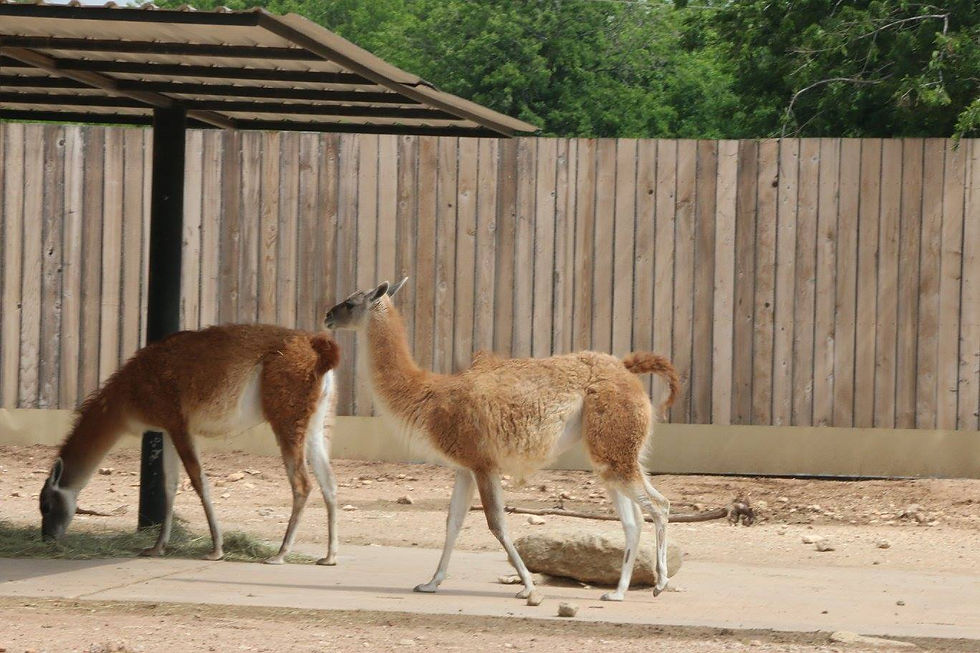
@ Abilene Zoo
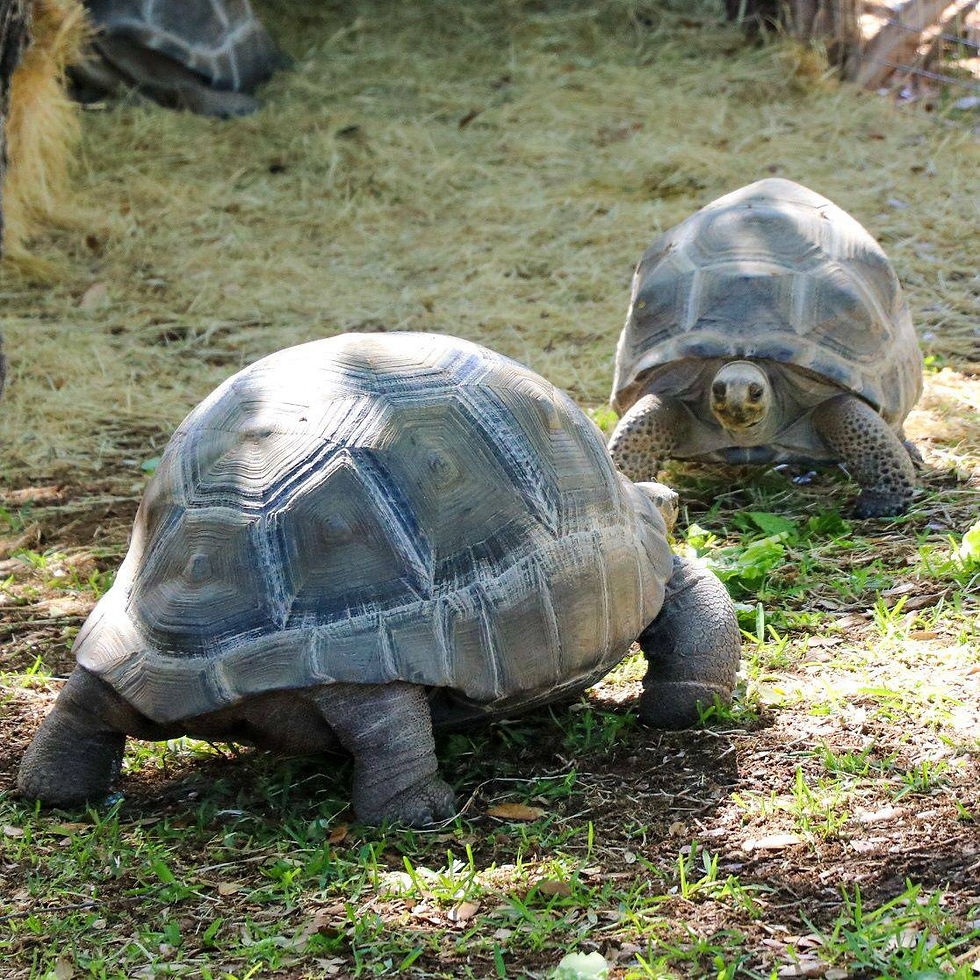
@ Abilene Zoo
While some parts of the Abilene Zoo were outdated and needed attention, it was in much better shape than the Idaho Falls Zoo had been. “There were challenges but not astronomical,” Gersonde remarked. “I got everyone on the same page and developed a master plan [as well as] a strategic plan to give clear direction to the city, zoo society and staff. We knew where we were going, which made it much easier.” One of his first actions as director was hiring the zoo’s first full-time veterinarian. “There had been a high turnover of part-time vets and we had a big enough collection to need a full-time vet,” Gersonde added.

@ Abilene Zoo
Next, the Abilene Zoo needed a new revenue generator. “We historically had rye crackers at the zoo but, in accordance with USDA, we now only gave crackers to the giraffes at certain times,” Gersonde explained. “That took a chunk out of the revenue, almost $100,000. We needed a way to generate revenue to go back into the zoo so we brought in the train.” The train was a big hit and brought in increased attendance and revenue. A carousel was added for similar reasons.

@ Abilene Zoo
Abilene Zoo built another attraction which increased attendance and revenue, Caribbean Cove. “Caribbean Cove was mostly done in-house,” Gersonde stated. “We cleared out an area that hadn’t been utilized and was an eyesore to create a gardenlike setting to duplicate the Caribbean in West Texas. We included a lot of smaller exhibits like cotton-top tamarins, squirrel monkeys and a flight exhibit with birds. We incorporated the old reptile house into an amphibian facility where we breed several species.”

@ Abilene Zoo

@ Abilene Zoo
Additionally, the Abilene Zoo had to work on infrastructure. “AZA said there were a number of older facilities that needed to be addressed whether we fixed them up or remodeled them,” Gersonde elaborated. “We looked at what needed to be addressed [in terms of] animal welfare and started doing things.” For decades, the Abilene Zoo’s signature species had been giraffes but their facility was over 50 years old. It was decided to invest in a more modern facility. “Giraffe are the iconic species of Abilene Zoo but we had a concrete bridge that went over their exhibit,” Gersonde explained. “They had to duck under it and it was a concern about what would happen if they got spooked. It was a moated exhibit [and we could do better.] The decision was made to build Giraffe Safari.”
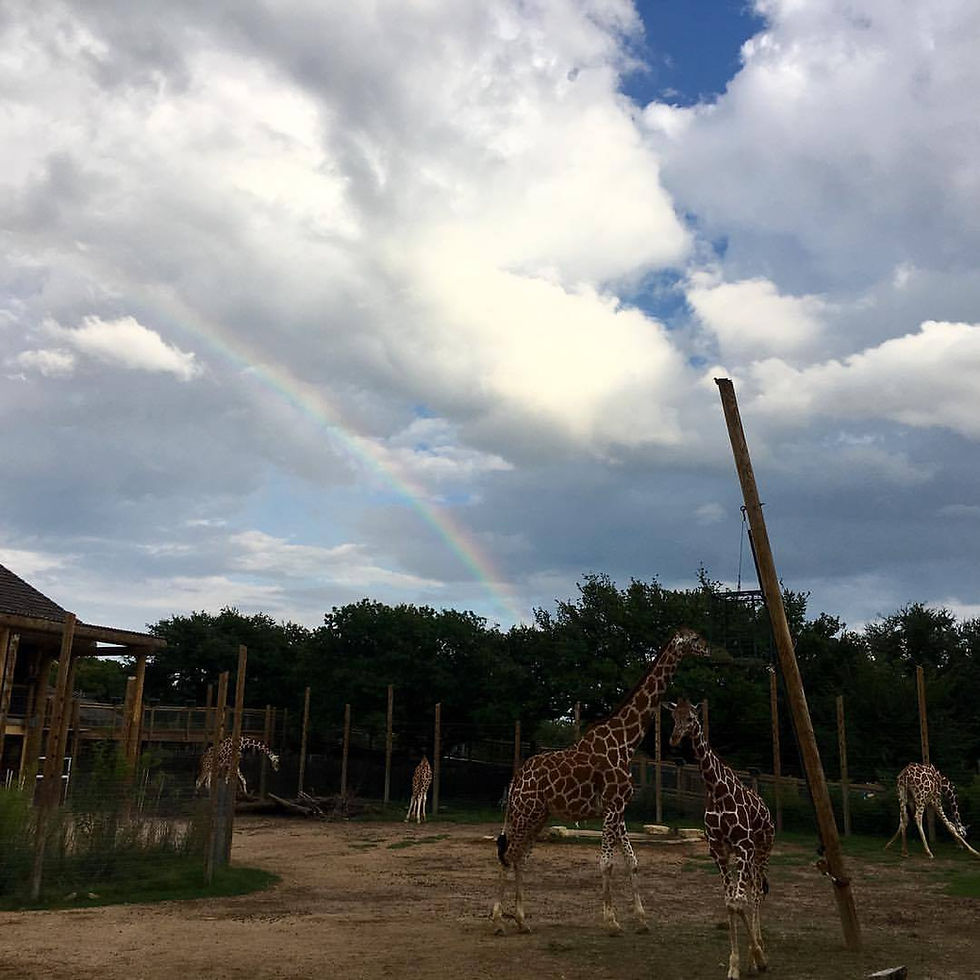
@ Abilene Zoo

@ Abilene Zoo
Giraffe Safari would be the largest expansion in Abilene Zoo history. “We took the old giraffe barn with three stalls and gutted it into one big herd barn,” Gersonde remarked. “We also built a larger barn with three stalls and a giraffe restraint device. [The barns] connect to each other through a holding yard.” Soon after the facility opened, the herd grew. “We now have a herd of ten giraffes with three calves,” Gesonde added. Additionally, the exhibit includes colobus monkeys, red river hogs, duikers and kori bustards.

@ Abilene Zoo

@ Abilene Zoo
Central to Giraffe Safari was the feeding experience, especially in connection with the zoo’s legacy of guests feeding giraffes. “The feeding deck was a priority as the feeding aspect was important,” Gersonde said. “We built the holding facilities for the other animals beneath the deck. The design is really cool with the boardwalks going up to the feeding deck.” Giraffe Safari represented a turning point in the history of the Abilene Zoo. “It took the level of exhibitry to the next level and let us better manage out animal collection to ultimately support the sustainability of these populations,” Gersonde remarked.

@ Abilene Zoo

@ Abilene Zoo
Gersonde has elevated animal care at the zoo. “That really started with getting a full-time vet,” he elaborated. “Then we built a new quarantine facility, which has been a wonderful addition. It has space for mammals, birds and reptiles and can hold anything up to the size of a lion. We’ve developed new protocols and procedures, added additional animal care staff and expanded training and enrichment programs.”
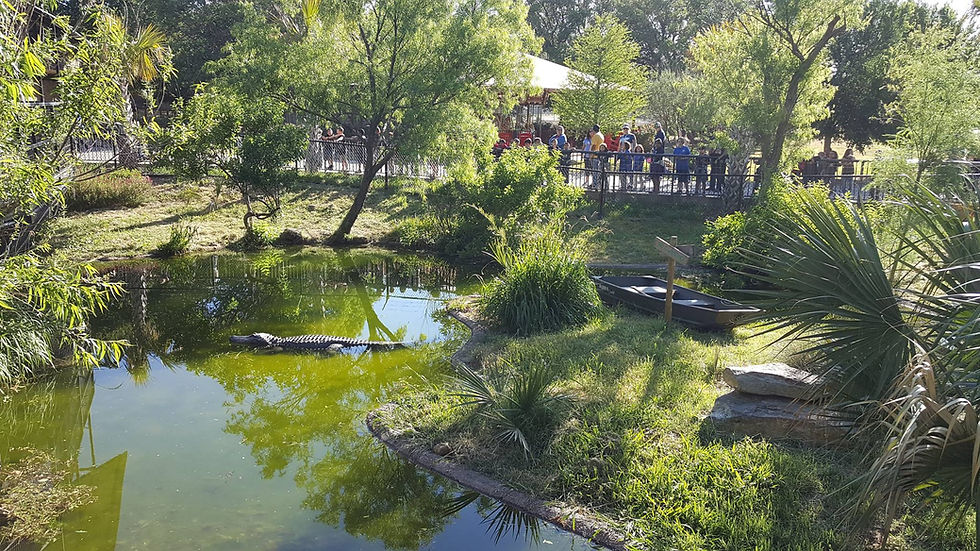
@ Abilene Zoo

@ Abilene Zoo
The Abilene Zoo has become increasingly involved in saving animals in the wild. “We have dabbled into conservation,” Gersonde articulated. “For a long time, our biggest involvement was the Attwater’s prairie chicken reintroduction program where we raised chicks to be released into the wild. We phased out of that program as it no longer remained a priority to us. We hated to do it but we were expanding our conservation efforts [into other areas.] We started Quarters for Conservation and have an individual at the zoo who took over the conservation committee to initiate new programs.” While the zoo does not have the resources to be as involved in field conservation as larger zoos, it has found some smaller ways to take part. “We’ve been successful with reducing our power usage 3-4%,” Gersonde added. “That’s been a great initiative. In our educational messaging, we’re talking a lot more about conservation and getting the word out.”

@ Abilene Zoo
Right now, the Abilene Zoo is figuring out its future. “We’re finishing up our current master plan and we have the potential to build out to the east,” Gersonde remarked. “That would get us an additional 23 acres and we’d like to develop it into an Australian area with kangaroos, wallabies, emus and black swans. We also need to upgrade our facilities for lions, rhinos and African hoofstock so we will probably build new exhibits for them.”

@ Abilene Zoo
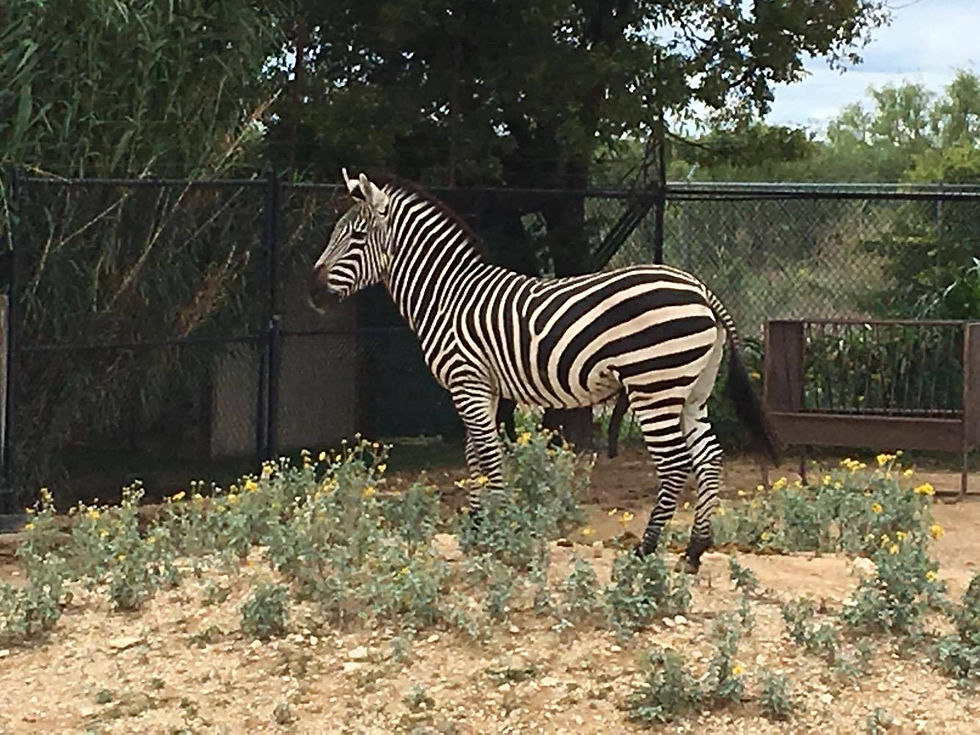
@ Abilene Zoo
Gersonde is known in the business for his creativity in zoo operations. “I approach zoos as a unique business,” he elaborated. “You need to be careful when you do that as animal care is first and foremost. At the same time, if you run it as a business and raise revenues, you can invest that into the animals. we’ve added the swan paddleboats, carousel and train and that has let us hire more keepers and a vet tech. if you look at running a business and what people want, you get more resources. We have to give people what they want.”

@ Abilene Zoo
“You have to be a conservation and education organization but people want to go to the zoo to have fun,” Gersonde continued. “You get them here, let them have fun and teach them what you can when they get here. Make every attempt to give the guests information they need when it comes to conserving wildlife and wild places.”
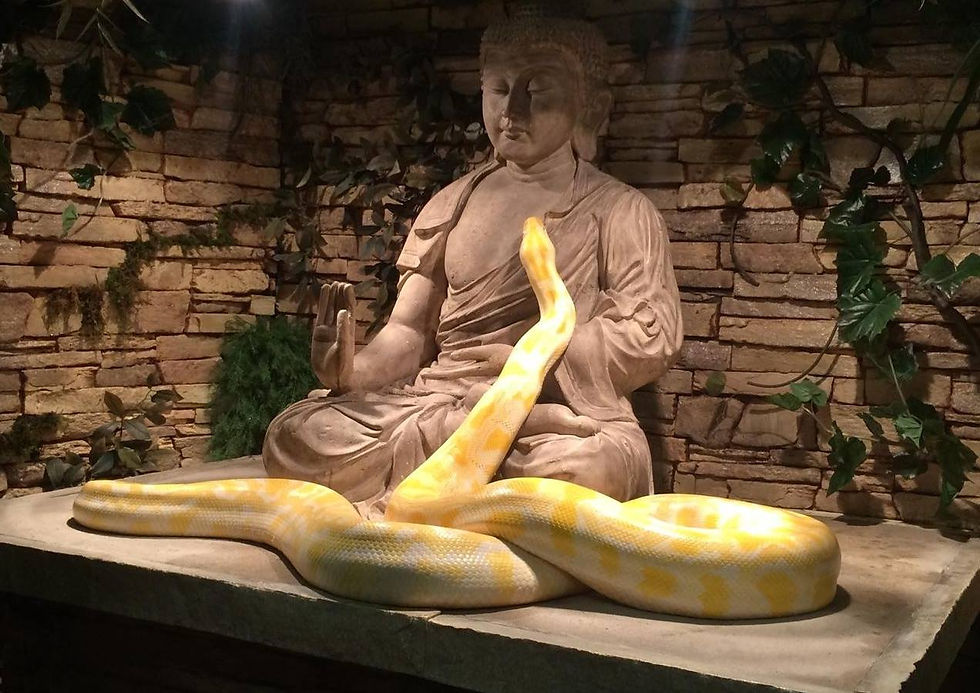
@ Abilene Zoo
“Zoos need to continue to provide service as cultural attractions and education/conservation organizations,” Gersonde reflected. “We need to be careful that we’re addressing the new society and what they’re thinking. We also need to create a space where people can come and don’t have to be continually stimulated. I saw an interesting article on people in Japan who were walking in the woods. The results showed they had lower blood pressure. Putting the technology away can do so much for human beings. That gives a viable niche for zoos to help folks do that.”
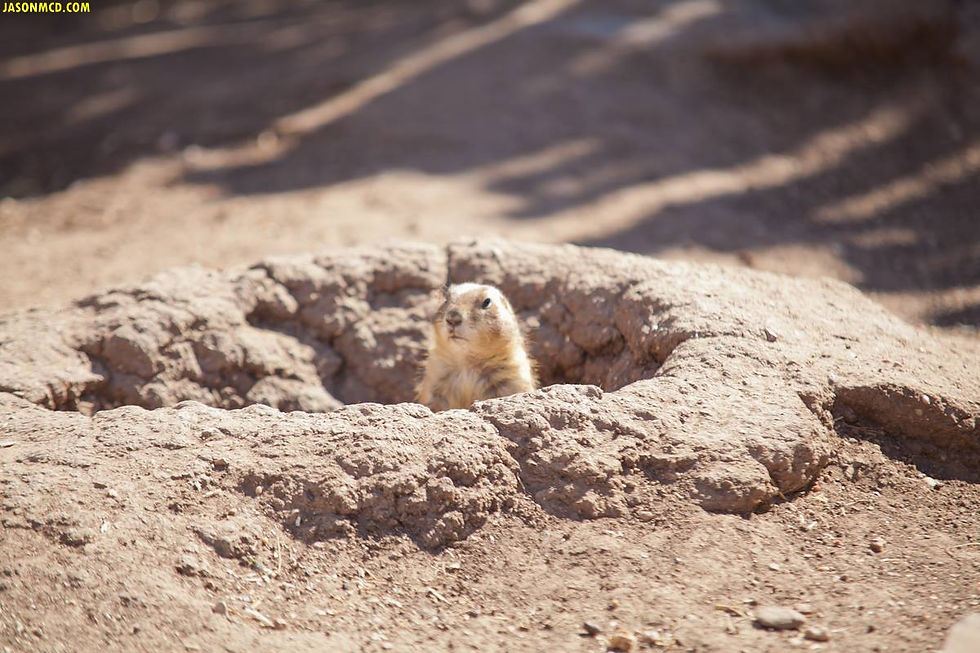
@ Abilene Zoo
Bill Gersonde took great pride in his accomplishments at the Abilene Zoo. “We’ve done a good job of evolving our exhibits and that’s going to continue,” he concluded. “I also think we need to really work at educating people about how we manage our wildlife. We’re doing that with lots of animal welfare issues that are being addressed. Your graphics better say lions sleep 20 hours a day in the wild. We need to [as zoos] be more available to answer some of the hard questions. We shouldn’t lose focus on the fact we’re a quality, safe and fun place for a social group to escape.”

@ Abilene Zoo



